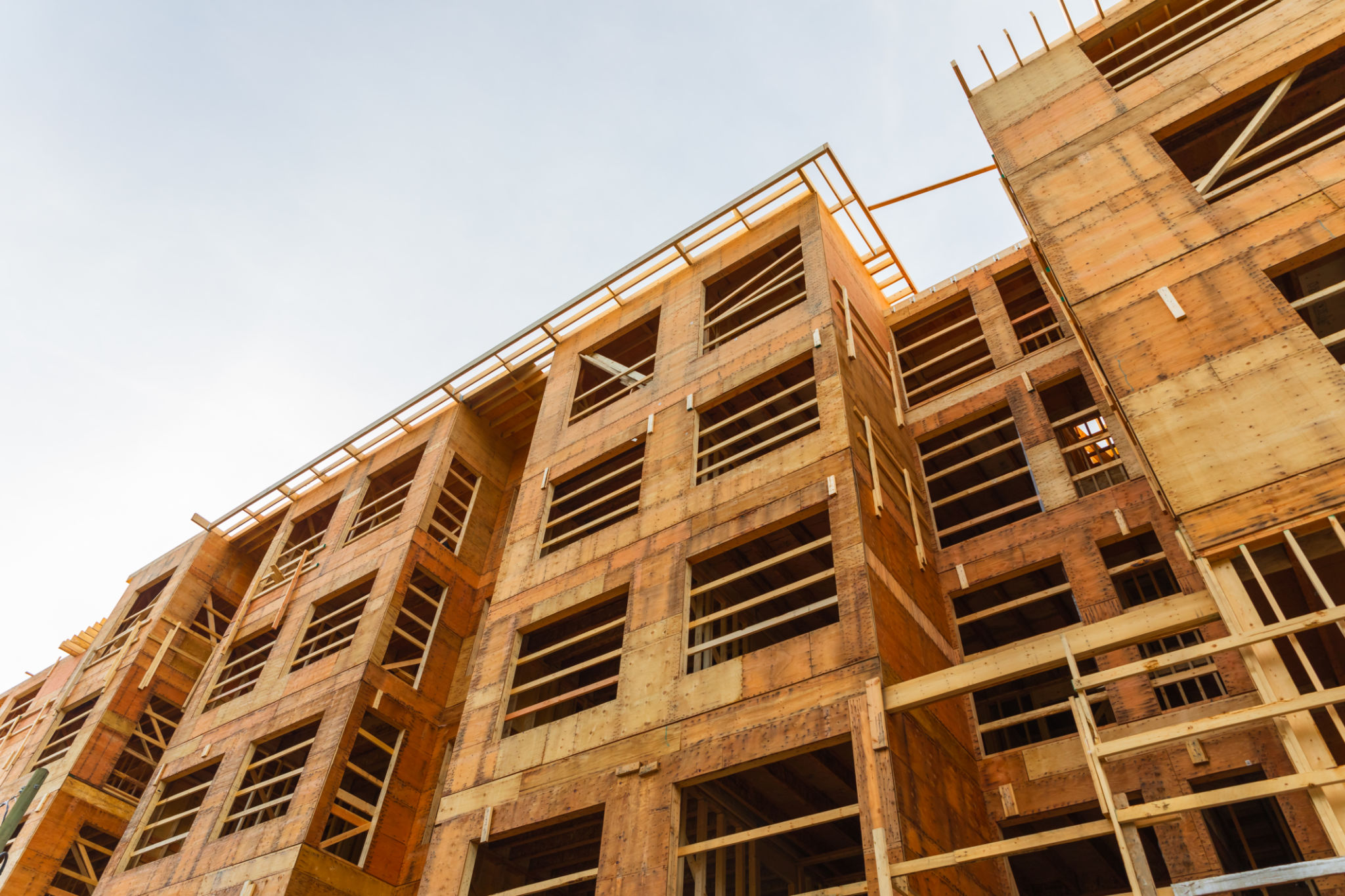Case Study: Successful AI-Driven Structural Assessments in Walton County High-Rises
Introduction to AI-Driven Structural Assessments
In the rapidly evolving field of construction and building maintenance, artificial intelligence (AI) is making significant strides. One of the most promising applications of AI is in structural assessments, particularly within high-rise buildings. Walton County has recently become a notable example of how AI technology can be harnessed to ensure safety and efficiency in this arena.

The Need for Advanced Assessment Techniques
High-rise buildings present unique challenges when it comes to structural assessments. Traditional methods often involve manual inspections, which can be time-consuming and prone to human error. With the increasing complexity of modern architecture, there is a growing need for more precise and efficient assessment techniques.
AI-driven assessments offer a solution by providing a way to analyze structural integrity through data-driven insights. These systems can quickly identify potential weaknesses or areas requiring maintenance, thereby reducing the risk of structural failures and enhancing the overall safety of the building.
Implementation in Walton County
Walton County has become a pioneer in adopting AI for structural assessments in its high-rises. By collaborating with tech companies specializing in AI solutions, the county has implemented a comprehensive system that integrates various data sources such as sensors, drones, and cameras. This approach allows for real-time monitoring and analysis of building structures.

How AI Improves Structural Assessments
AI systems can process large volumes of data far more efficiently than human inspectors. By utilizing machine learning algorithms, these systems can detect anomalies and predict potential issues based on historical data patterns. This predictive capability is invaluable in preemptively addressing structural concerns before they escalate into serious problems.
Moreover, AI-driven assessments can be conducted more frequently compared to traditional methods. This regular monitoring ensures that even minor changes in the building's condition are detected early, allowing for timely interventions.
Benefits Experienced by Walton County
The adoption of AI-driven assessments has brought several benefits to Walton County's high-rises:
- Enhanced Safety: Early detection of structural issues leads to prompt repairs, minimizing risks.
- Cost Efficiency: Reducing the need for manual inspections lowers operational costs significantly.
- Data-Driven Decision Making: Access to comprehensive data aids in making informed maintenance decisions.

Challenges and Considerations
While AI-driven assessments offer significant advantages, they are not without challenges. One primary concern is the initial cost of implementing such advanced systems. However, this investment is often offset by long-term savings and enhanced safety outcomes.
Additionally, there is a need to ensure that AI systems are regularly updated and maintained to keep up with technological advancements and changing building codes. Proper training for staff involved in operating these systems is also crucial to maximize their potential benefits.
The Future of AI in Structural Assessments
The successful implementation of AI in Walton County serves as a model for other regions considering similar initiatives. As technology continues to advance, we can expect AI-driven structural assessments to become even more sophisticated and widely adopted.
This case study highlights not only the potential for improved safety and efficiency but also the transformative impact AI can have on traditional industries. As more cities embrace these technologies, the future of construction and building maintenance looks increasingly promising.
